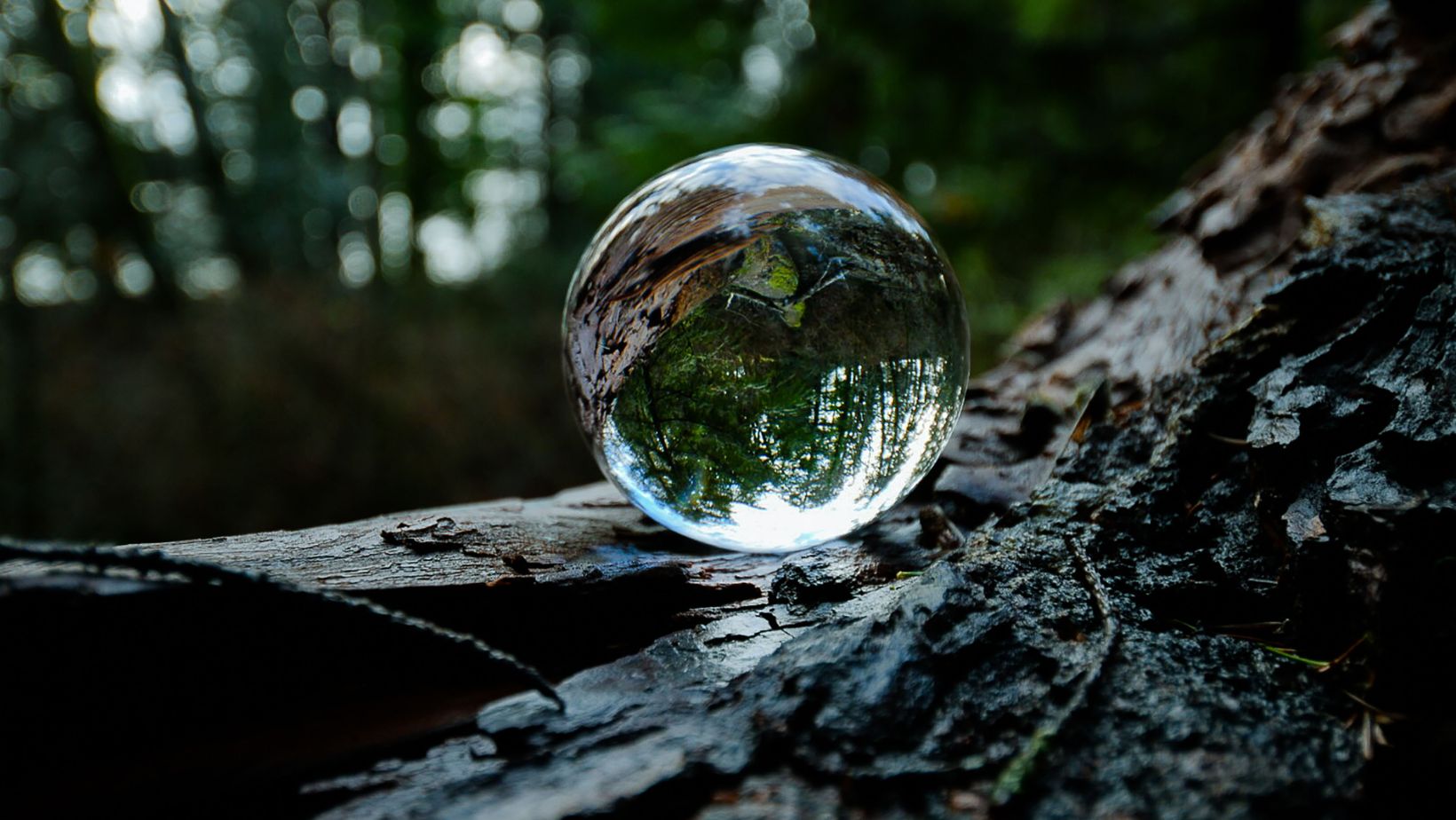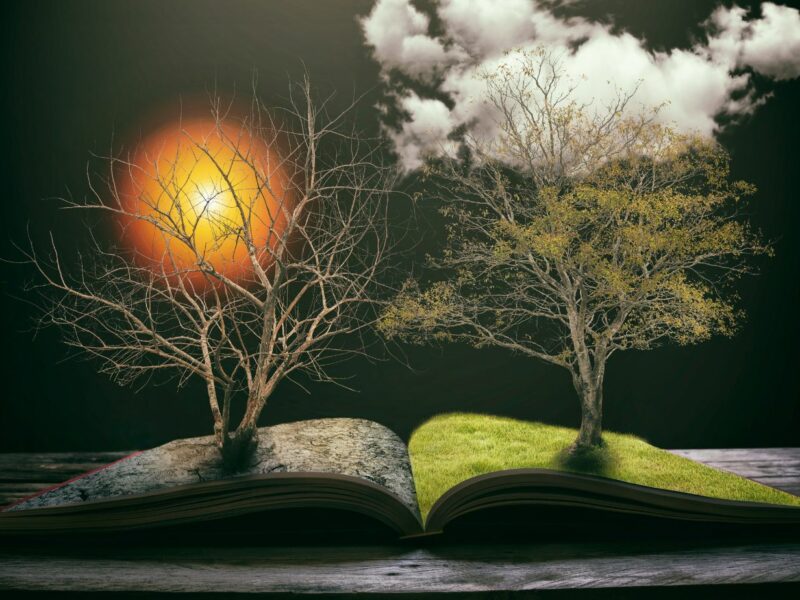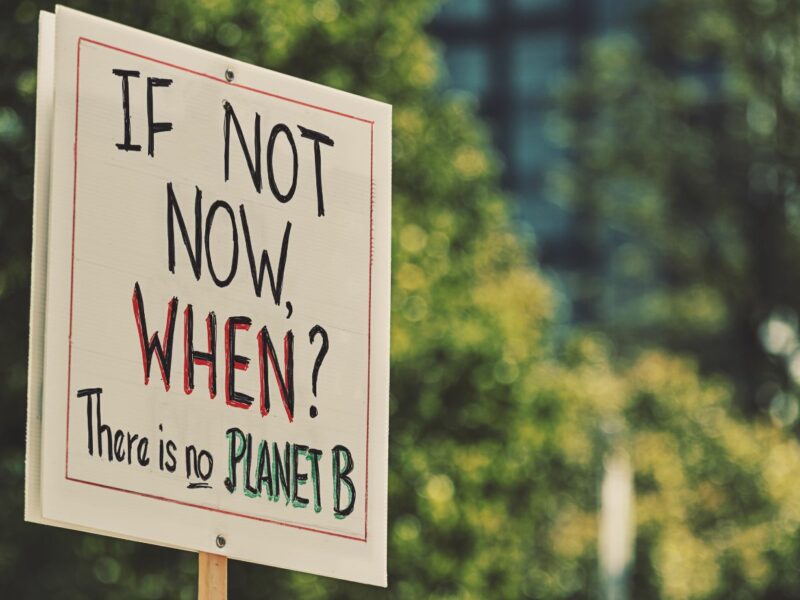As the global climate continues to change, wilderness areas around the world are feeling the effects. In fact, according to a new study published in the journal Nature Climate Change, climate change is likely to cause major shifts in the distribution of wilderness areas by the end of this century.
The study, which was conducted by an international team of researchers, used a combination of climate models and current data on Wilderness areas to predict how these areas will be affected by climate change over the next 80 years.
According to their predictions, if current trends continue, many wilderness areas will become much hotter and drier, while others will become more humid and wet. These changes will have a profound impact on the plants and animals that live in these areas, as well as on the humans who visit them.
In order to protect these valuable ecosystems, it is critical that we understand how they will be affected by climate change and take steps to mitigate its impact. This new study provides a valuable starting point for further research on this vital topic.
Has Climate Change off From Wilderness
There are many reasons why climate change is a threat to wilderness areas. For one, wilderness areas are often located in remote locations that are difficult to access. This makes it difficult for people to get to these areas to monitor the effects of climate change. Additionally, climate change can cause drastic changes to the ecosystems in wilderness areas, which can lead to the loss of plant and animal species.
Changes In Temperature
There is strong evidence that the Earth’s average temperature has risen over the last century, and that this trend is accelerating. This warming has been caused largely by human activity, such as the burning of fossil fuels and deforestation.
As the planet warms, wilderness areas are especially vulnerable to climate change. This is because these areas are often located in high-altitude regions, such as mountains or the Arctic tundra, where temperature changes can be more extreme.
Scientific studies have shown that wilderness areas are already feeling the effects of climate change. For example, one study found that mountain ranges in the western United States have warmed twice as fast as the global average over the last century.
As temperatures rise, it is likely that we will see changes in precipitation patterns, with more frequent and intense floods or droughts. This could lead to devastating consequences for ecosystems that are not adapted to these conditions. For example, dried-out forests are at increased risk of wildfire, while muddy soils can be easily eroded away by heavy rains.
In addition to changes in temperature and precipitation, rising sea levels are also a major concern for low-lying wilderness areas. As ice melts and ocean water expands due to warmer temperatures, coastal regions are at risk of flooding and erosion. This could destroy sensitive habitats such as mangrove forests or salt marshes, as well as damage infrastructure such as roads and bridges.
Despite these challenges, it is important to remember that wildernesses have always been dynamic places, constantly changing in response to natural processes. With this in mind, we should view climate change not as a disaster, but as an opportunity to learn more about how ecosystems function and evolve over time.
Changes In Precipitation
Precipitation is water released from the atmosphere in the form of rain, snow, sleet or hail. As the climate warms, there is an increase in the amount of water vapor that enters the atmosphere. This means that, on average, there will be more extreme precipitation events such as heavy rainfalls and snowstorms. In addition, winter snowfalls are projected to become less frequent and occur later in the season.
The loss of winter snowpack will have profound consequences for wilderness areas because it is a vital source of water for streams, rivers and lakes. It also helps to insulate the ground and prevent it from freezing solid. As the climate warms, we can expect to see more winter rainfalls and floods instead of snowfalls. This will lead to increased erosion and sedimentation in wilderness areas as well as a decrease in water availability for plants and animals.
In addition to changes in precipitation patterns, rising temperatures will also cause changes in evaporation rates. As the air warms, it can hold more water vapor. This means that more water will be lost to evaporation from lakes, rivers and soil surfaces. The lack of water can cause widespread drought conditions, which will lead to wildfires, dust storms and decreased air quality.
Changes In Ecosystems
Ecosystems around the world are changing in response to climate change. These changes have cascading effects on the plants and animals that live in these ecosystems, as well as on the people who depend on them.
Wilderness areas are especially vulnerable to climate change because they are often located in high mountain or polar regions, where changes in temperature and precipitation can be dramatic. In addition, many wilderness areas are already at the margins of their climatic tolerances. As average temperatures increase and weather becomes more extreme, many species will no longer be able to survive in their current range.
Changes in ecosystems can cause a number of problems for people who depend on them. For example, as temperatures warm and rain patterns change, forests may become drier and more susceptible to wildfires. This can pose a danger to people living near wilderness areas, as well as impact the air quality for people downwind of the fires. In addition, changing climatic conditions can cause species of plants and animals to move into new areas, where they may compete with or prey upon native species. This can disrupt local food webs and impact the human communities that depend on them.
Despite these challenges, wilderness areas still offer an important refuge for many plant and animal species that are struggling to adapt to a changing climate. By protecting these areas and working to reduce greenhouse gas emissions, we can help lessen the impacts of climate change on Wilderness areas and the people and wildlife that rely on them
The Impact Of Climate Change On Wildlife
Climate change has had a profound impact on wilderness areas and the wildlife within them. As temperatures rise and extreme weather events become more common, animals are struggling to adapt. Many species are already facing extinction, and the loss of wildlife will have far-reaching consequences for the planet.
Changes In Habitat
One of the most direct ways in which climate change affects animals is by changing their habitat. As temperatures rise, mountainsides are melts and sea ice recedes, animals are losing the places they live and the plants they eat. Some creatures are migrating to new areas to find the right combination of food and temperature, while others are struggling to adapt to new conditions in their existing homes.
A study published in Science found that since 1970, land animals have shrunk in size by an average of 28 percent. The scientists believe this change is due to rising temperatures and a loss of food availability. As habitats shrink and become more hostile, it’s likely that we’ll see more animal extinctions in the future.
Climate change is also affecting the timing of important events in the lives of animals, such as when they mate, migrate or hibernate. These events are all coordinated by cues from the environment, such as changes in temperature or day length. When these cues are out of sync with an animal’s natural cycle, it can throw everything off balance. For example, if a bird arrives at its breeding grounds too early or too late in the season, it might not find enough food for its chicks. If a bear emerges from hibernation before there’s enough green vegetation to eat, it might starve to death.
Sometimes these timing mismatches can even cause animals to give birth at the wrong time of year. In recent years, there have been reports of baby seals being born too early in the Arctic; according to one estimate, this is happening up to three weeks sooner than it did just a few decades ago. If seal pups are born before the sea ice has thickened enough for them to survive on their own, they’re likely to starve or be eaten by predators.
Changes In Behavior
Climate change can cause animals to change their behavior in several ways. One is by causing them to migrate to new areas where they can find the conditions they need to survive, such as food, water, and shelter. For example, some animals are moving to higher altitudes or latitudes where the climate is cooler.
Another way climate change can cause animals to change their behavior is by altering the timing of their life cycles. For example, plants are flowering earlier in the spring and animals are emerging from hibernation earlier in the year. These changes can disrupt the delicate balance between predator and prey, as well as the timing of other vital activities such as mating and migration.
Finally, climate change can disturb an animal’s natural behavior patterns in other ways. For example, it can cause changes in an animal’s diet or the places it sleeps and nests. Some animals are also changing the way they care for their young in response to environmental conditions that are different from those in which they themselves were raised.
Changes In Populations
As the climate continues to warm, many species of animals are struggling to adapt. Some are able to migrate to new areas as their habitats shift, but others are not so lucky. As a result, climate change is having a significant impact on wildlife populations around the world.
In North America, for instance, the winter ranges of white-tailed deer and bighorn sheep are projected to move northward and upward in elevation as the climate warms. This could lead to drastic reductions in the populations of these animals in their current ranges. Additionally, as temperatures rise and more extreme weather events become more common, animals will be increasingly stressed and vulnerable to diseases.
In the Arctic, where climate change is happening at an accelerating rate, many species are already feeling the effects. Warmer temperatures are causing sea ice to melt earlier in the season, which is disrupting the annual migrations of polar bears, walruses, and other animals that depend on it for travel and hunting. As their habitat shrinks and becomes more fragmented, these animals are struggling to survive.
Climate change is also having a major impact on birds. In North America alone, it is estimated that374 species of birds will lose more than half of their current range by 2080 due to changes in temperature and precipitation patterns. This could lead to serious declines in bird populations across the continent.
As climate change continues to alter global ecosystems, it is clear that wildlife will continue to be impacted in a variety of ways. These changes will have ripple effects throughout the food chain and could ultimately lead to significant changes in the populations of many different species of animals around the world.
The Impact Of Climate Change On Humans
Climate change is already making an impact on humans around the world. From more extreme weather events to health impacts, climate change is a threat to human security. One of the ways climate change is impacting humans is through changes in natural systems, including wilderness areas.
Changes In Recreation
Climate change is already having an impact on wilderness areas and the recreation opportunities they offer. As temperatures rise and weather patterns become more extreme, many popular activities – such as hiking, camping, fishing, and skiing – are becoming more challenging or even impossible in some locations.
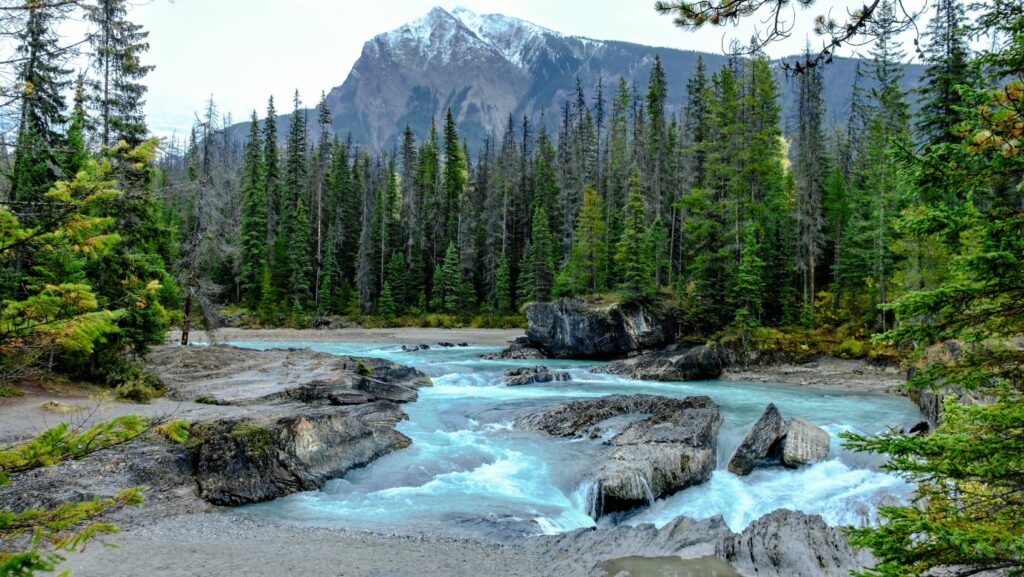
As wilderness areas become hotter and drier, wildfires are becoming more common and more destructive. This not only impacts the plants and animals that call these ecosystems home, but also humans who enjoy spending time in them. In addition to the obvious dangers of being caught in a wildfire, smoke from these fires can cause respiratory problems for people with asthma or other lung conditions.
Changes In Resource Use
Climate change is projected to cause shifts in the distribution and abundance of many plant and animal species, as well as changes in the timing of their life history events (e.g., flowering, migration). These changes in turn are likely to affect the availability of resources that people use, such as food, water, fodder for livestock, and timber. In addition, climate change is expected to increase the spread of invasive species and diseases, which can further degrade natural resources and reduce their benefits to people. For example, climate change is projected to lead to more frequent and intense wildfires in the western United States, which would damage water quality and reduce the availability of clean drinking water.
Changes In Cultural Values
Cultural values are those values, norms and beliefs that define what is important and meaningful to a group of people. Sometimes these values are explicit, like written laws or religious doctrines. Other times they are more implicit, like the way children are taught to behave by their parents or community.
Cultural values can change over time, sometimes slowly and sometimes very quickly. For example, taboos against certain foods or behaviors may lessen or disappear entirely as a society becomes more open-minded or diverse.
Changes in cultural values can have a big impact on how people interact with the natural world. As our appreciation for wilderness areas grows, we may be more likely to visit them, camp in them or even live in them. Conversely, if we begin to see these areas as dangerous or unappealing, we may be less likely to value their conservation.
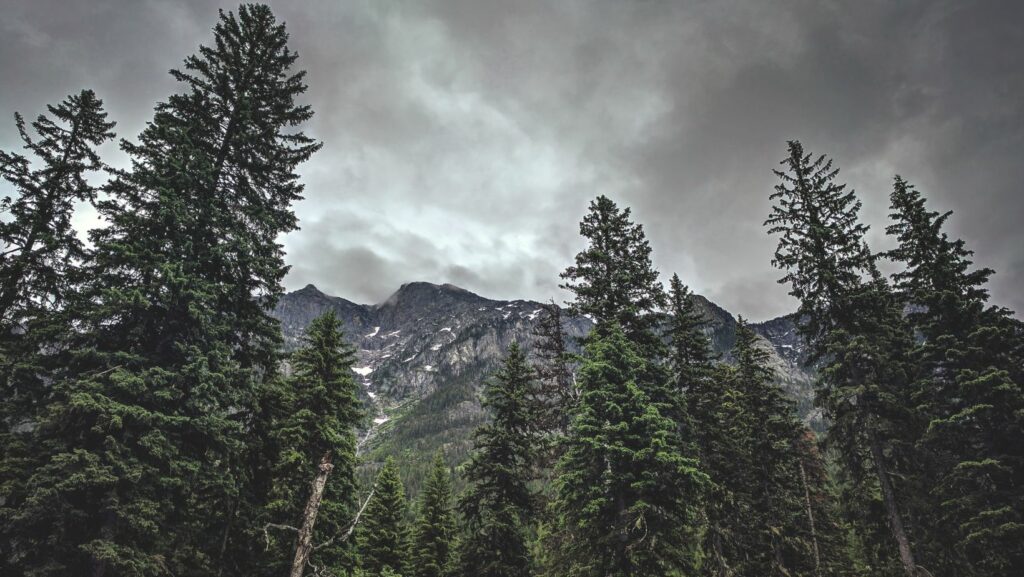
The impact of climate change on cultural values is not yet fully understood. However, it is clear that climate change will have some impact on the way we value and interact with wilderness areas in the future.
Conclusion
In conclusion, climate change is expected to have a profound impact on wilderness areas around the world. These impacts will vary depending on the region, but may include changes in precipitation and temperature, alterations to the timing of the seasons, and an increase in the frequency and intensity of extreme weather events. Wilderness areas are already feeling the effects of climate change, and these effects are likely to become more pronounced in the coming years. As a result, it is important to take steps now to ensure that wilderness areas are protected and conserved so that they can continue to provide valuable ecosystem services into the future.
